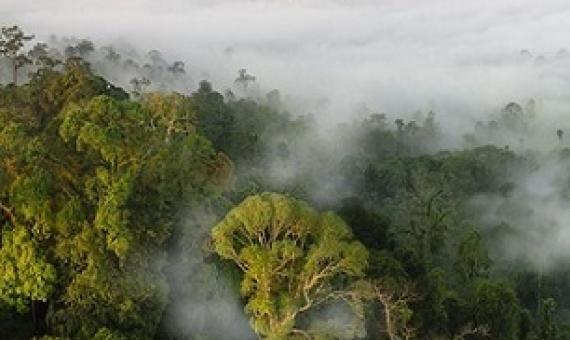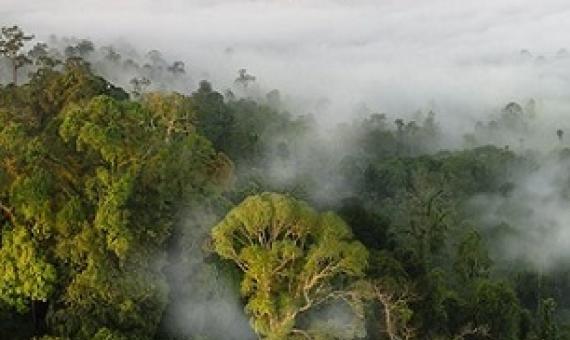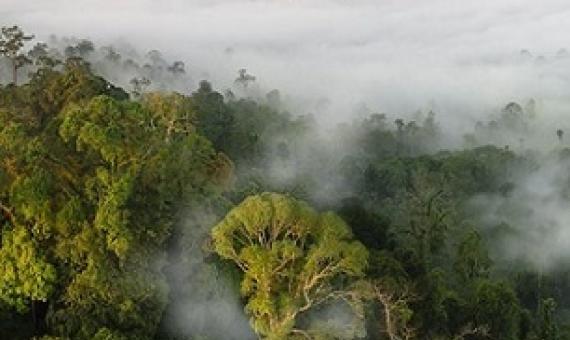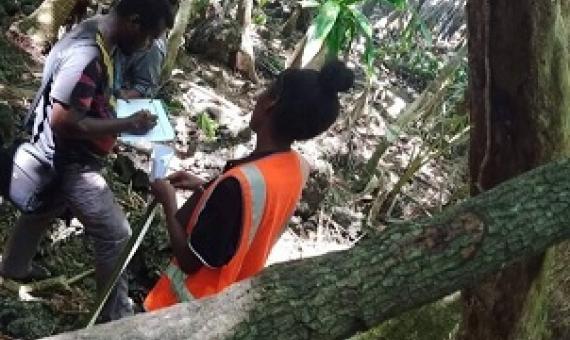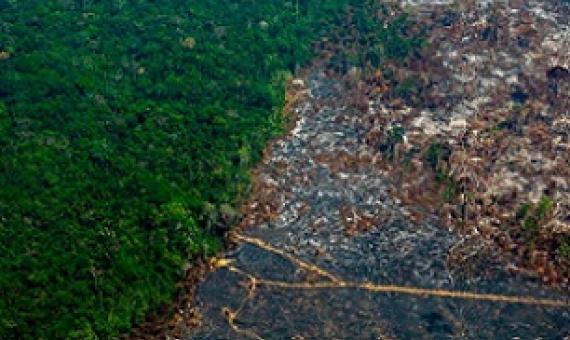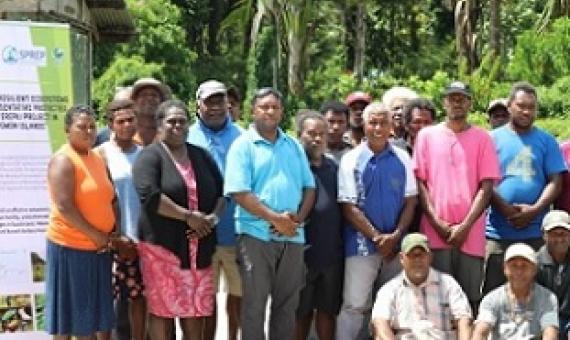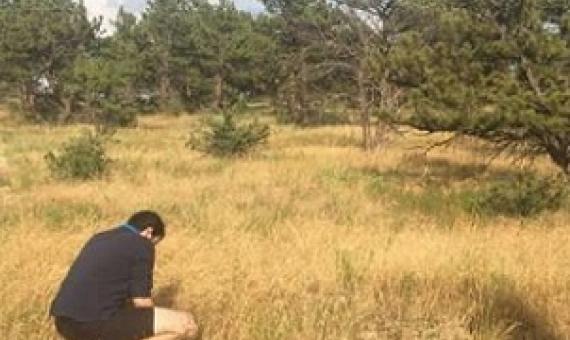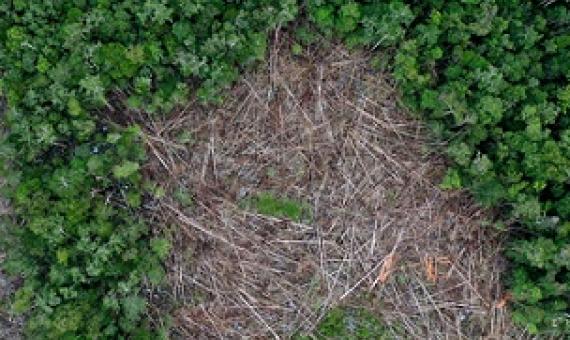A new study, published in Science Advances on Nov.
The 2020 global spatial targets for protected areas set by the Convention on Biological Diversity have almost been achieved, but management effectiveness remains deficient. Personnel shortages are widely cited as major contributing factors but have not previously been quantified.
In a report presented Wednesday to the United Nations General Assembly’s Social, Humanitarian & Cultural Committee, Calí Tzay, highlighted multiple human rights violations committed to create and enforce protected areas, ranging from the expulsion of Indigenous peoples from the
Conserving our sea of islands - State of protected and conserved areas in Oceania
Conserving our sea of islands: State of protected and conserved areas in Oceania is a landmark publication, bringing together regional and international experts to prepare the first comprehensive review of the status and issues for protected and conserved areas in the region. The report embodies the spirit of the late scholar Epeli Hau’ofa, who devised the phrase ‘Our Sea of Islands’ to help re-imagine the region as selfdetermined ‘Big Ocean States’ connected to place and each other – ideas that underpin conservation.
The Malualalo Conservation and Tourism Association (MCTA) from Three Sisters in the Makira Ulawa Province has taken a step further to have Malualalo Island gain legal recognition under the Protected areas Act 2010.
According to a new study, 1.1 million cattle were bought directly from protected areas and another 2.2 million spent at least a portion of their lives grazing in protected areas and Indigenous territories...Around 70% of deforestation in the Amazon has been linked to cattle ranching.
Over the weekend a team consisting of staff from the Environment and Conservation Division (ECD) and the ‘Ensuring Resilient Ecosystems and Representative Protected Areas in Solomon Islands’ (EREPA) project held a successful discussion with communities from Manawai to Masupa to introduce the conc
Current protected areas only poorly cover the places most relevant for conserving soil ecological values. This is the conclusion of a new study published in the journal Nature.
Mainstreaming Biodiversity in Forestry
Forests are host to most of Earth’s terrestrial biodiversity. The conservation of the world’s biodiversity is thus utterly dependent on the way in which we interact with and use the world’s forests. The role of forests in maintaining biodiversity is also explicitly recognized by the United Nations Strategic Plan for Forests 2017– 2030 and in the ongoing discussions around the forthcoming post-2020 global biodiversity framework under the Convention on Biological Diversity (CBD).
A new study shows that human activity, especially agriculture, undertaken around biosphere reserves can lead to deforestation and biodiversity loss inside the reserves themselves.

